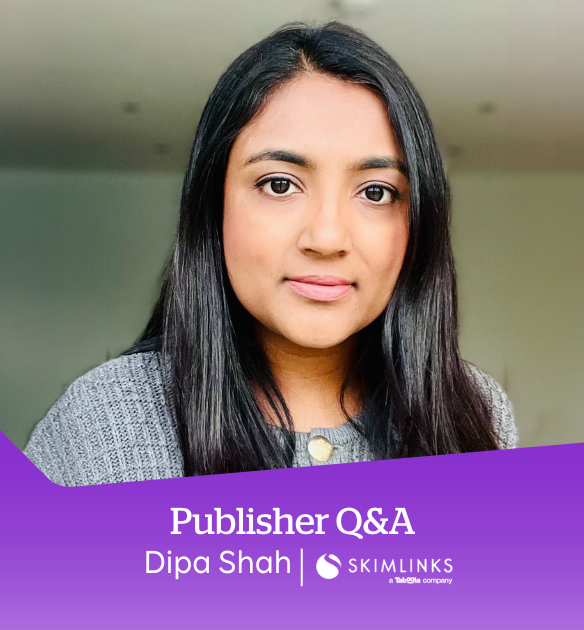Targeting on CTV
Connected TV (CTV) has been flirting with us all for some time now and with good cause.

This post was guest authored by Julia Bourke, AVOD Product Marketing Manager at Rakuten Advertising.
Connected TV (CTV) has been flirting with us all for some time now and with good cause. Think an environment that harnesses the engagement, view-through rate (VTR) and co-viewing of TV, but can also access the reporting, addressable targeting, measurement, and cost-efficiency otherwise reserved for a much smaller screen. It’s got beauty and brains, and it’s making its way into every 2021 budget.
Encompassing CTV into an existing strategy, however, is not a simple plug-and-play. As it’s by nature a hybrid being, buying on CTV should not, and in many cases cannot lift directly from either an AV or a digital strategy. To access the best of both worlds, a careful balancing act is required to protect two factors: relevance and scale.
Strategising CTV
CTV is a big-screen environment and content tends towards the premium: Hollywood movies, evergreen TV and even sports and original content have shown that video ads on CTV offer markedly strong engagement and recall, making the environment well suited to brand-building storytelling. On the flipside, to not take advantage of the powerful online addressability would be foolish. Digital marketers should prepare to find themselves faced with a different set of tools, however. There are no browsers in CTV, meaning that video ads can’t click through. Apps are totally closed environments and distinct from one another. Cookies don’t even exist in connected TV.
Instead, CTV publishers take signals from the device and app to facilitate contextual and device-level targeting and match to external data points between different publishers and ad stack middlemen currently there is a lack of standardisation in how these signals can reach the buy-side, meaning that targeting options on CTV apps can vary widely, and buying programmatically may not allow access into the full suite.
Programmatically speaking
What’s generally a given in programmatic buying on CTV is targeting parsed from the device user agent, device IFA and IP address, namely targeting against geo (country and region), device (device type, make and model, screen size), frequency capping and dayparting.
It’s theoretically possible for DSPs to use these data points, too, to overlay data. In the same way that cookies, email lists and mobile device IDs can be used alone or matched with data management platform taxonomies to create meaningful segments of users for targeting, a CTV IP address and ad request timestamp can be retrieved from the bid request and matched with a data set to target a specific audience. However, as the digital world and data providers have historically relied on different data points, as things stand few providers can boast a strong repository of IP-based data. Besides this, under GDPR, potential impressions must be limited to users who have explicitly opted-in to be targeted via third-party audience targeting. With CTV still ramping up, it’s not a best practice to limit reach any more than necessary.
How, then, can marketers make the most of CTV’s online environment?
Direct: a win-win
A strong strategy will leverage the powerful targeting that CTV can provide, without capping reach at an impossible niche by trying to re-use a digital targeting strategy. Working directly with a unlocks powerful contextual targeting, using owned data taxonomies to target around content (title, genre and more), pod type (pre/mid/post-roll and position) as well as any first-party data that the app may have collected on its users such as viewing habits, age, gender, and so on.
Publishers, too, know their content and their users. A content-focused approach can weave ad storytelling into the experience, especially as opportunities such as sponsorships become opened up. By leaning too on partnerships with data management and analytics providers, established publishers have a comprehensive view on the users accessing their platform and content, including insights into the propensity of their users to fall into segments compared to the digital population overall, across user demographics, affinities, psychographics, purchase behaviours and more.
In summary: best practices
It’s undeniable that CTV is an exciting buy, and that the space is at a tipping point. A strategy for the now is one that strikes the right balance between relevance and scale.
Working directly with a publisher on a bespoke targeting strategy allows brands and agencies to maintain ad personalisation while maximising the targetable impressions, by avoiding data from third-party sources and capitalising on owned and operated data. User rights are protected, while every impression is fully monetiseable. Now that’s beauty and brains.
Already in touch with us? Reach out to your Rakuten Advertising account representative today to understand how you can get started with CTV.


